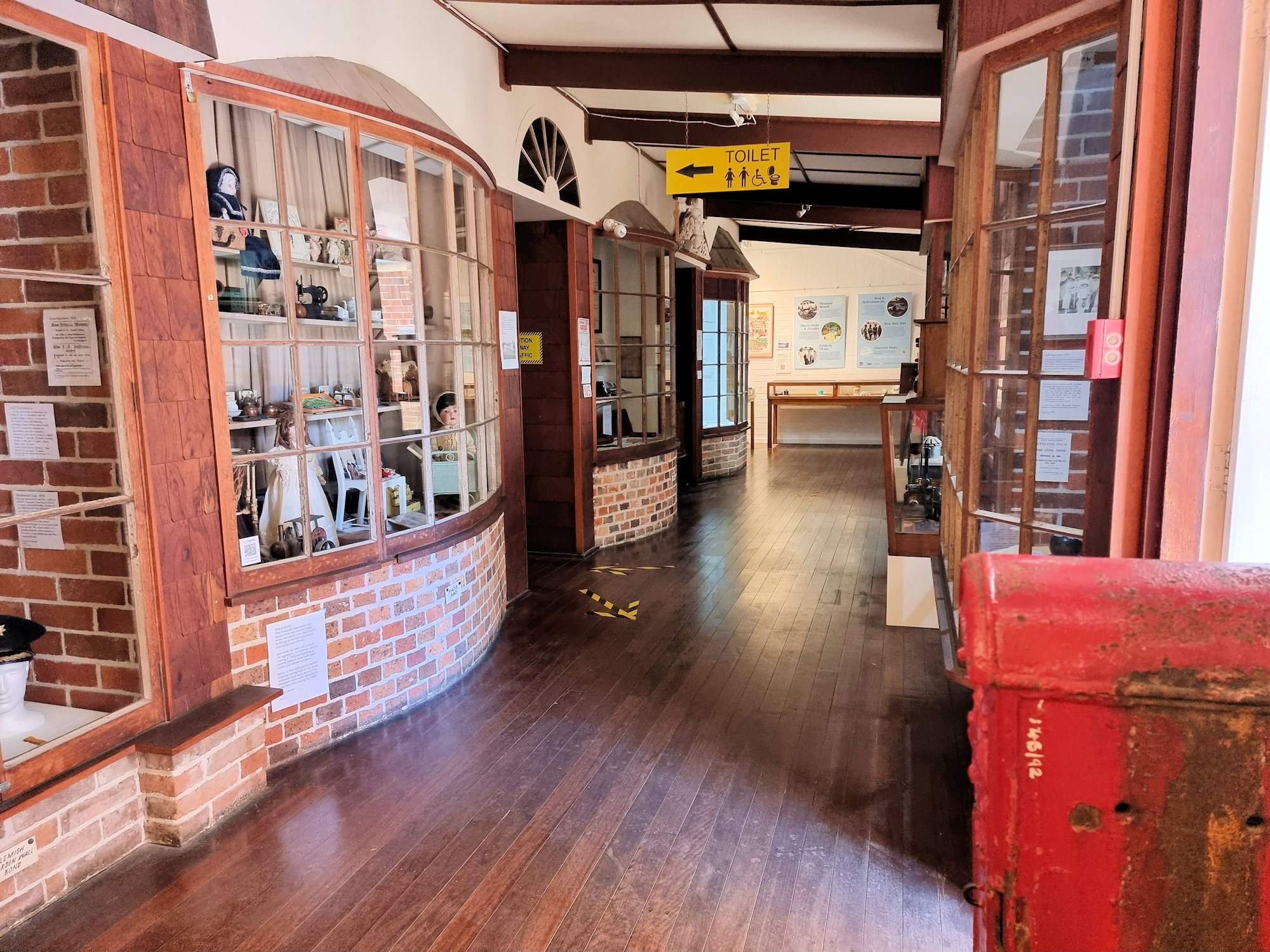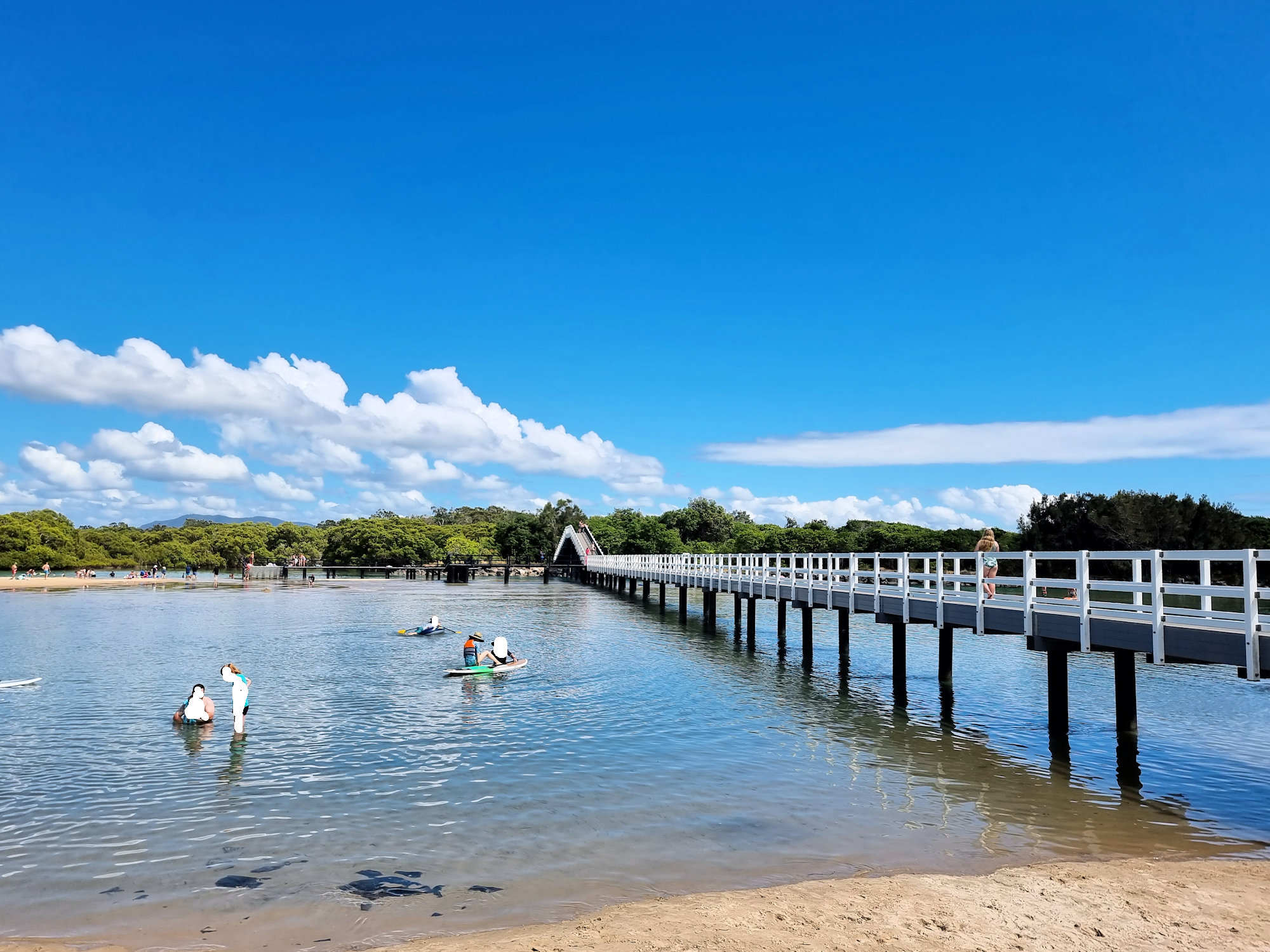Category: Building
Building
-
Port Macquarie Museum

Port Macquarie Museum Located in the centre of town, the Port Macquarie Museum preserves the area’s history from colonial settlement and its dependance on the timber industry to the tourist destination it is today. Parking is available on street, or you can walk there from your accommodation, depending where you are staying. The Museum Divided… Read more
-
Mid-North Coast Maritime Museum

Mid-North Coast Maritime Museum Preserving Port Macquarie’s maritime history, the Mid-North Coast Maritime Museum occupies two old Pilot Cottages dating from the 1890s. Originally used to house the pilot and the boatmen who assisted him but now repurposed into a museum. Getting There Located in Port Macquarie on the NSW mid-north coast at 6 William… Read more
-
Back Creek Bridge

Back Creek Bridge South West Rocks After visiting the nearby Trial Bay Gaol, we stopped at Back Creek Bridge before driving further up the coast. Located in the town of South West Rocks, the footbridge crosses a creek (called South West Rocks Creek) to a track through the mangroves. A large car park next to… Read more